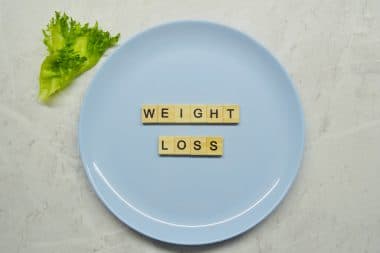It does not matter how many times we hear from our doctor or from the media that we need to exercise to stay lean and healthy, most of us always find some excuse. The most popular one is ” ËœI do not have the time.” Well, according to the latest research conducted by the scientists from McMaster University in Hamilton, Ontario, Canada, we actually need much less time for exercise than we previously thought.
The recommendation of the American Heart Association, as well as many other health institutions, is that half hour of moderate and continuous exercise, five times a week, is necessary for maintaining general health and fitness.
Half hour of brisk walk does not sound like much, but the majority of Americans claim that they have more important things to do with their time. It usually takes some serious illness to shake people out of their complacency and to force them to look at their priorities. But, the latest research shows that we in fact need much less exercise, if it is done right.
HIIT (High-intensity interval training)
Intervals are short, repeated, sharp bursts of very strenuous exercise, broken by intervals of rest. This exercise method is well known to competitive athletes, who use weekly sessions of intensive interval training to boost their endurance.
Canadian researchers found that slightly modified (less intensive) interval training, used alone, without any other type of exercise, shows almost instant results when tried on middle-aged unfit people with sedentary lifestyle.
The research was conducted using two groups: a group of middle-aged, unfit but generally healthy people, and a group of middle-aged and older people with some type of cardiovascular disease.
What did they do?
Scientists designed a slightly modified high intensity interval routine. It consisted of one minute of very strenuous exercise, such as running uphill or riding a stationary bike, at roughly 90 percent of a participant”s maximum heart rate. This was followed by one minute of rest. The routine was repeated ten times. The total was: ten minutes of exercise and ten minutes of rest – 20 minutes in total.
All participants, healthy and the ones with cardiac problems, enjoyed the exercise, although they admitted that it was painful. They liked the fact that it was so short, so it was much more bearable than prolonged exercise.
The results
The results were impressive. After several weeks of training using intervals, both healthy volunteers as well as volunteers with the cardiac diseases, showed notable improvements in their overall fitness and health. Physiological changes in their leg muscles were similar to those of young fit men after regular one-hour cycling, although the time spend was one tenth of that used by normal training. Two weeks of interval training induced in participants increased creation of cellular proteins, known to be involved in the production of oxygen and energy. Insulin sensitivity and blood glucose regulation were also greatly improved.
Of course, if you do have the time, longer and less intensive exercise such as brisk walk is better in the long run. It is also much easier to fit into everyone”s lifestyle. But if the lack of time is your excuse, get off your sofa; interval training will take only ten minutes of hard work. Use your exercise bike and pedal very fast for a minute and then rest for a minute. Or run uphill for one minute, and walk downhill slowly for a minute. Ten times of that, and you will be done.








Reply